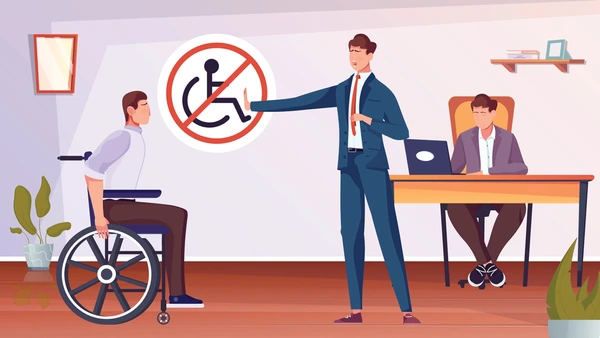By Rodney Alubokho
Despite the impressive milestone of progress towards improved sexual and reproductive health (SRH) in Kenya, young people with disabilities are often left behind. While we are celebrating expanded access to modern contraception, expanded awareness about menstrual health, and expanded adolescent services, the deafening silence about equitable SRH programming should be shocking.
Reports from the Kenya Demographic and Health Survey 2022 indicate continuous denial of access to valuable SRH information and services to persons with disabilities. Their exclusion remains an aftermath of social stigma, inaccessible amenities, and insensitive medical workers never prepared to address their special requirements. The issue has remained recurrent. In 2018, the National Council for Persons with Disabilities came up with a Disability Mainstreaming Strategy covering SRH dimensions. The fact remains, though, of sporadic, poorly funded, and tokenistic implementations.
There has been an account of one teenage girl with a hearing disability who recounted how she could never utilize family planning services because a facility provider was not familiar with sign language. This is not uncommon either. In one UNFPA study conducted in 2023, it was uncovered how over 60% of Kenya’s young persons with disabilities never gained adequate SRH education—primarily because of architectural and attitude-level barriers.
We must ask ourselves: If we claim to serve all young people and adolescents, then who are we really serving?
Inclusion cannot be chosen as an add-on and must be central to all SRH interventions. Facility access must be improved by way of ramps, braille materials, and sign language interpreters. Individuals with disabilities must be employed and trained as peer educators to do outreach work. Most of all, policies must move from paper and be converted to actual funding and accountability mechanisms.
Many argue that the cost of inclusive programs is too high. But the cost of exclusion is far greater—resulting in preventable pregnancies, untreated STIs, and mental health crises among youth with disabilities. Investing in inclusive SRH is not charity—it is a matter of rights and public health.
Kenya possesses all it needs – skills, guidelines, and a youth network – to turn this around. What is missing now is the political will to turn visibility into reality. Otherwise, youths with disabilities will go on living their sexual and reproductive lives in darkness.
Written by: Rodney Alubokho | Youth Advocate | NAYA




